The period between July and October every year is very important to indigenous communities, because this is when they conduct their sacred rites. However, national government policies and the public media have shaped the unique ethnic cultural events into a type of tourism industry. Now tourists flock to the communities and this trend has consequently led to the emergence of a new “ community tourism”. The problem is that what may seem as a peculiar culture commodity to the tourists is actually part of the community members' daily lives. Here are some important things to remember when you visit indigenous communities so that you don’t accidentally break taboo or disrupt community events:
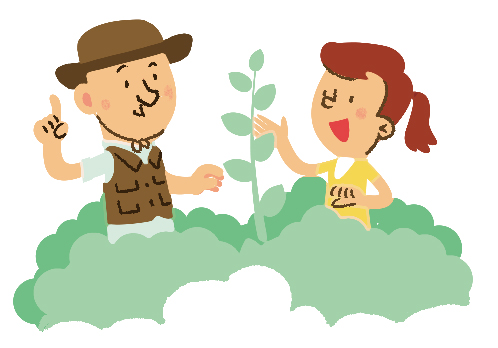
1.Culture is more than what meets the eye.
Indigenous peoples have been living on this land for thousands of years. It is impossible to fully understand the essence of an indigenous culture within a short visit. It is also extremely difficult to precisely “re-present” a culture, so don't expect to learn everything about an indigenous culture after one short trip.
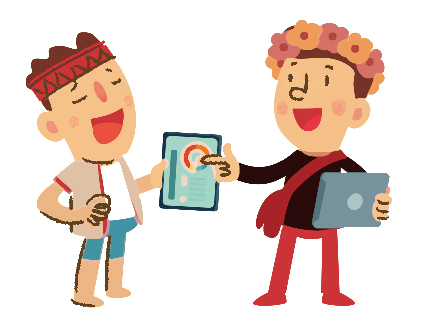
2.The Harvest Ritual is more than just celebrating a harvest.
The Harvest Ritual is a set of rituals developed by respective communities to thank the ancestral spirits and pray for harvests. Every year during this period, many community members will return to their communities to help with the preparations for a successful ceremony. Please keep in mind these events are not performances specifically organized for tourists. They are part of the indigenous culture and lifestyle and should not be disturbed.
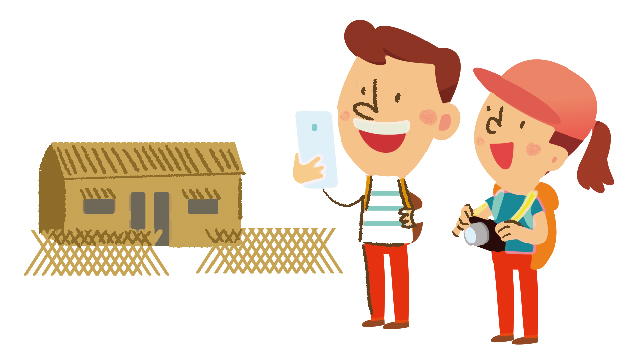
3.Don't intrude if you are not invited.
The Ritual is a major annual ceremony for the community, and also a time for communities members to get together with friends and family. Although it is a joyous celebration, please take note that some rites are not open to public. Many rituals are organized by and for the community only. Please do not intrude if you are not invited.
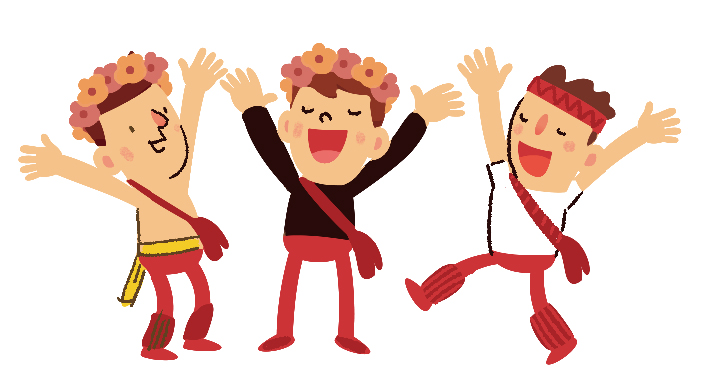
4.The communities are not performance venues.
During the Ritual, community members will dance for the ancestral spirits and the elders. Do not to walk too close to the dancers or interrupt the rites. Remember, you are just a visitor. Please respect the local culture and way of life!
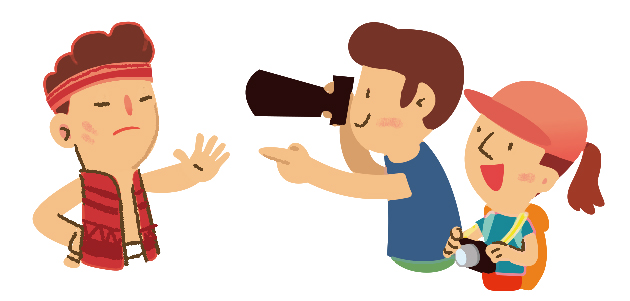
5.Be aware of where, who and when you are photographing.
Indigenous costumes are indeed very unique, but keep in mind not to snap photos whenever you want. Do not wander about or even instruct community members to pose for you. Don't be rude!
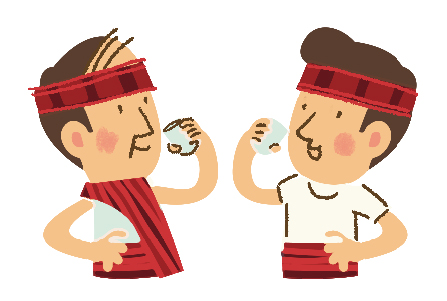
6.Indigenous peoples do not drink irresponsibly.
In the ceremonies, alcohol is a symbol of responsibility. You have to gain permission from the elders to drink, and you have to empty your cup in one go to show you are person who takes responsibility for your actions. The ceremonies are very sacred events; do not assume it is an enormous rambunctious party just because there is alcohol there.

7.Please respect the fact that community members actually live in the communities.
Indigenous communities are not tourist sites, therefore most of the areas are not public spaces. Please respect the fact that there are residents actually living here, and don't treat the village as a tourist attraction. Do not trespass, lean on things or park your vehicle in random places.

8.If you want to know more about indigenous communities, hire a professional community guide.
A lot of travel agencies offer indigenous community tours now; however, most of them are planned by the agencies themselves and not authorized by the communities. If you wish to learn more about the rich and interesting lifestyle and culture of indigenous peoples, hire a professional communities guide! They can offer professional in-depth tours, and you can also avoid appropriating invaluable indigenous culture.




